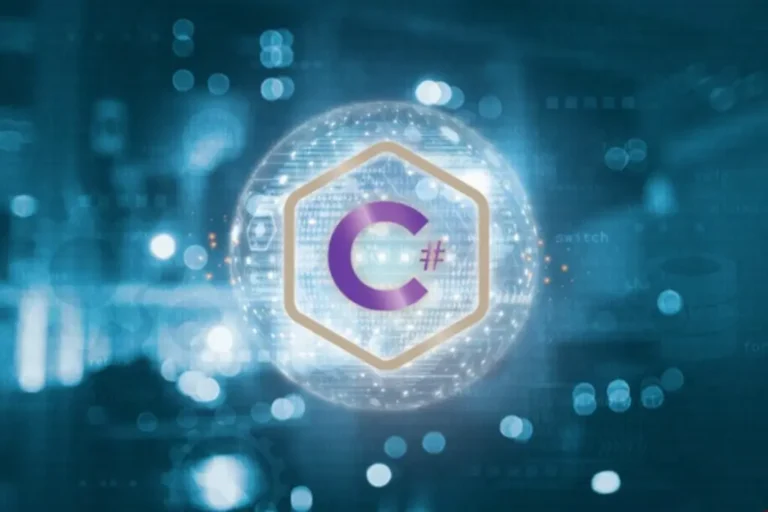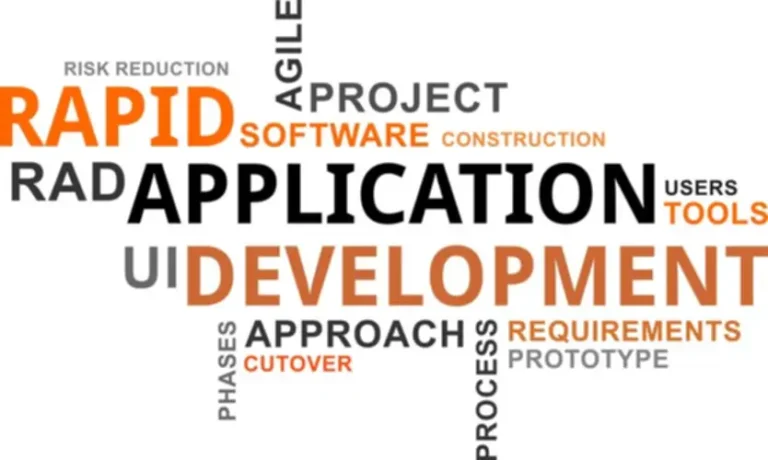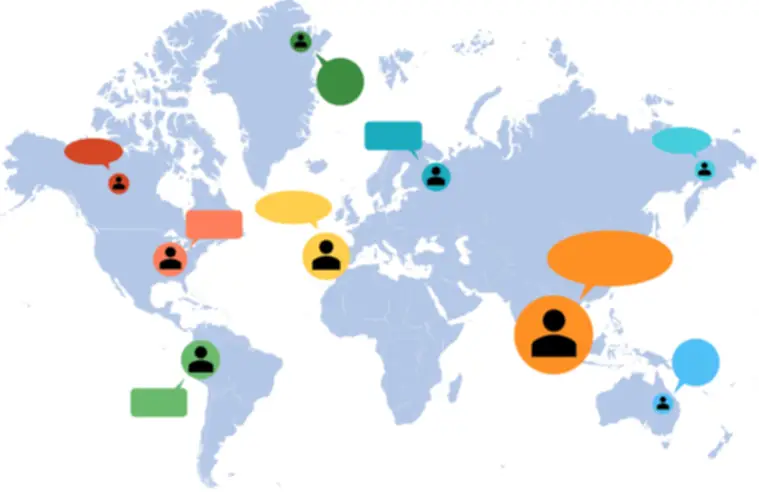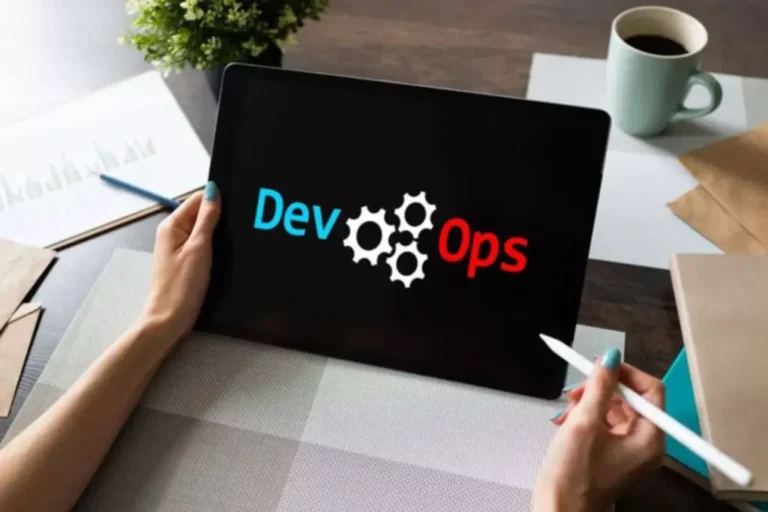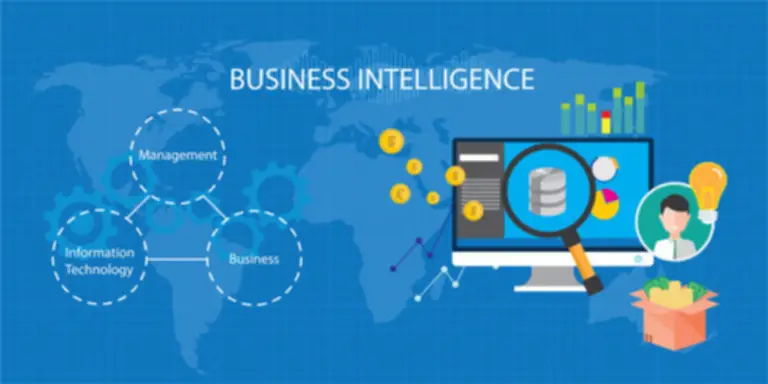Magento Custom Growth Service Rent Professional Developer
A to Z shops provide merchandise like markerboards, projection screens & extinguishers. We can set up a free consultation to discuss the small print and provide a customized quote for our providers. With Magento’s seamless cost gateways, checkout integrations and a number of payment options, our builders aimed to slash the variety of abandoned carts and drive revenues. Get in contact with our team to study extra about our approach to Magento growth and find out how we will plan, construct, launch and preserve your eCommerce site. With prices for Magento’s paid providers ranging from $22,000 to $40,000 a 12 months and past, Magento Commerce is costlier than some rival eCommerce platforms. Previously generally recognized as Magento Enterprise Cloud Edition, Magento Commerce Cloud is a self-managed, automated internet hosting platform for cloud solutions.
- For example, while Magento Open Source does not embody hosting, Magento Commerce Cloud seamlessly integrates hosting as part of its package deal, making it hassle-free for customers.
- Magento (Adobe Commerce) is designed for swift adaptation, with API-first services and complete cloud options.
- Rest assured, our expert Magento builders collaborate with web optimization specialists for profitable Magento migrations.
- Our staff can create and manage multiple storefronts within a single set up, so purchasers can accommodate completely different manufacturers, languages and currencies as their operations expand.
Why Choose Magento In Your Ecommerce Platform?
A custom Magento developer tailors your ecommerce business to satisfy your particular requirements. They manipulate the open-source Magento platform to design an internet retailer that mirrors your business’s needs, optimizing performance and enhancing user experience. Webkul has an expert staff of Certified Magento Developers which are obtainable on-demand to fulfill all of your custom improvement necessities. We have hand-picked full-stack Magento builders who’ve handed the certification examination and gained years of experience working with e-commerce initiatives. Being a top-rated Magento (Adobe Commerce) growth company, reputed options associate and premier extension builder. We present Magento Development providers that assure numerous functionality and a clean buyer experience.
Uk Retailer Expertise With Adobe Commerce (magento) Ecommerce Report
We construct an environment to convey security, scalability, and steady progress in your cloud infrastructure. OrangeMantra build custom Magento options to fulfill changing customer needs and sync with the fashionable technology tendencies. This means, you get aggressive edge to ship customized purchasing expertise.
Why Should I Choose Your Magento Website Development Company Over Others?
The Magento cost for the Commerce version varies depending on the size of the business and the precise needs of the platform. Magento Commerce, formerly referred to as the Magento Enterprise edition is the paid version of Magento and provides more superior options and help. Magento’s B2B module is designed for companies that sell primarily to other companies instead of end-users. It supports creating and managing complex organizational constructions for a quantity of users within a corporation and person roles and permissions. Combined with the store’s catalog, Adobe Sensei helps create a customized and extremely participating shopping expertise for store guests. Magento’s Content Staging performance permits retailer admins to create, preview, and schedule content updates from inside the admin panel.
Stores That Promote With Adobe Commerce And Customized Magento Improvement
Whether you prefer a dedicated team, a team extension, or a hybrid co-managed group model, we offer efficient communication and outcomes at each project implementation step. When you avail of Magento development providers USA, your growth group shall be decided based mostly on your corporation necessities and project complexity. Having worked within the industry for 17+ years, we have in depth experience of 1200+ initiatives that can help you develop customized Magento web site with advanced options. As a quantity one Magento 2 growth company, we offer immense flexibility and support so you probably can focus on your core enterprise operations and potential customers.
We expertly manage the transfer of information including clients, products, and orders. Yes, our pool of specialists at Biztech may help you improve your retailer from older variations to the latest Magento 2.4.6 version with our Magento development solutions. After upgrade, they will also check your e-commerce website for performance optimization and ship dependable solutions as per your wants. We typically present consultation, architecture, growth, testing/QA, and project management help. Each task and engagement may require one or a quantity of individuals with various skills and expertise.
We can increase your in-house group with our dedicated Magento builders, seamlessly integrating together with your present workflows and processes. Under the group extension mannequin, you can scale your Magento improvement staff up or down based on your project needs. Our shopper, Morafy, is dedicated to bringing style, magnificence, sophistication, and high quality underneath one roof. They take delight in delighting their customers with bag manufactured from nature-friendly canvas, leather, and hides. They assure the bags usually are not only trendy but also moral and sustainable.
Besides, it ensures clean third-party techniques integration with database applications, fee gateways, shipping, order tracking, social media platforms, and so forth. With quality Magento improvement solutions, you will be able to build an eCommerce store of your alternative. It is great with an intuitive user interface and consumer expertise as you can customize the themes and design a frontend that fits your small business objectives. So, whether or not you use Magento Commerce or Magento Open supply, you have plenty of prospects for development.
Each project, achievement, and mistake enriches our developers, designers, and different team members. Onilab has been in the marketplace for 10+ years, and all our main programmers have been working with Magento half of shops of different scales and niches for 5+ years. Also, we work with other eCommerce platforms, serving to with migration, structure creation, including new features, and different companies. Headless structure and progressive net app improvement, in particular, are among the many most sought-after Magento web development companies presently. In Magento 2, Adobe Commerce developers conducted the backend and frontend decoupling and offered APIs so that it’s sooner to deliver headless storefronts and internet apps.
This strategy guarantees most ROI and seamless integration along with your existing architecture. We deliver Magento consulting services, serving to merchants plan Magento ecommerce retailer improvement or migration and choose further providers to increase the capabilities of their resolution. In addition, we are ready to analyze technical and enterprise aspects of the shop to identify problem areas and supply enchancment choices. Depending in your project, we use the best-fitting technologies to ship well-performing ecommerce solutions that may deal with high traffic peaks, present easy user expertise, and align along with your brand’s identity. Our group of Magento developers delivered and optimized a comprehensive Adobe-based answer that gives a 300x wider range of product choices and an enhanced buying experience for ninety,000+ consumers.
Enhance effectivity with computerized page tagging and catalog synchronization, guaranteeing real-time updates and seamless integration for a synchronized and up-to-date eCommerce platform. Integrate Point of Sale (POS) software with Magento for a unified and efficient retail administration system that connects your online and offline sales channels. We found working with EPAM has been a real partnership, where they’ve confirmed themselves to be a reliable, trustworthy and hardworking staff that has actually helped us push the boundary of customer-centric innovation. Employ a dedicated team or add our Magento professionals to your in-house staff depending in your needs.
With a focus on greatest practices and industry requirements, our licensed Magento developers are well-versed in implementing secure, strong options. This reduces the risk of safety breaches and ensures the integrity and reliability of your online store. Being an authorized Magento improvement agency implies that we want to stay current with the newest Magento updates and business tendencies.
Partnering with Digital Silk, a leading Magento development company, helps you unlock this potential. Our Magento eCommerce developers work with the extremely customizable platform to create versatile, scalable eCommerce options for bespoke enterprise requirements. From Magento net development to mobile app growth, our Magento builders build responsive e-stores that convert. With proper server structure, the Magento platform can accommodate high visitors with out vital performance drops. Digital Silk can help grow your eCommerce enterprise through strategic caching choices, together with Full Page Cache (FPC), Redis and Varnish to store regularly accessed pages within the server’s memory and reduce load time.
With our help, you possibly can arrange ecommerce hubs for multiple vendors with an opportunity to supply a separate branded ecommerce website for every. Magento extension development entails the creation of personalized functionality utilizing PHP and XML recordsdata. Our qualified staff excels at tasks such as custom delivery calculators and digital changing rooms built-in into your shopping cart system.
Transform Your Business With AI Software Development Solutions https://www.globalcloudteam.com/
